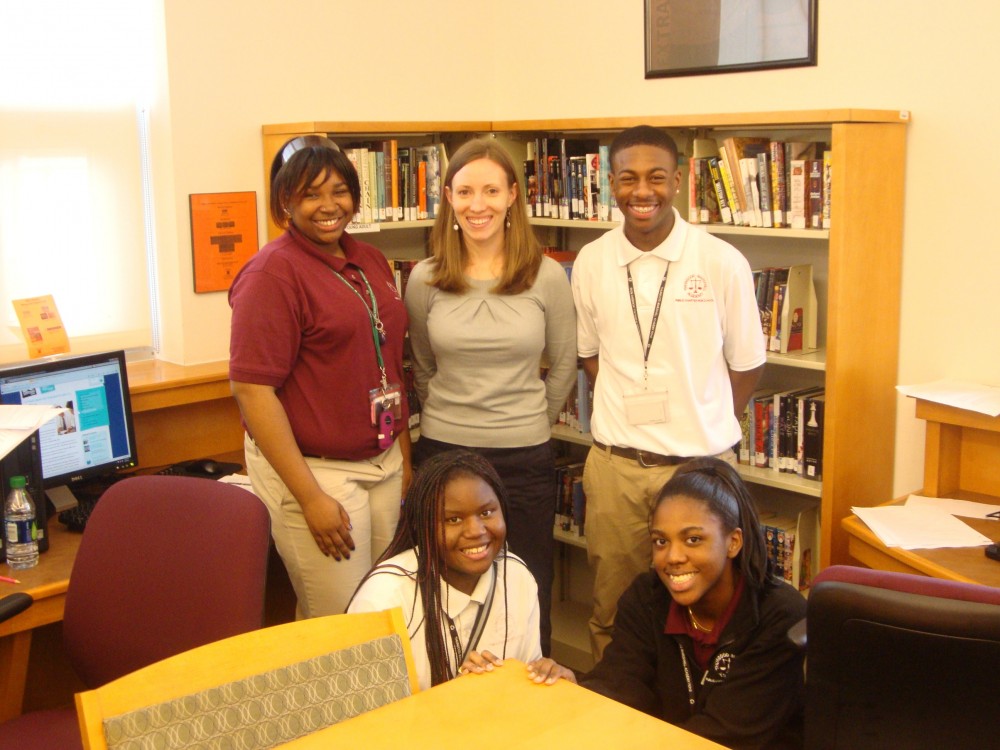Summer Reading: How to Keep Low-Income Students from Falling Behind
Today’s guest blogger is Cary Hanson, the librarian at Thurgood Marshall Academy Public Charter High School in Washington D.C.
Summer break is approaching … and soon summer reading lists will pop up in classrooms and libraries across the country. As a librarian, I love helping students find something fun to read after months of mandatory texts, knowing that the reading they do this summer will help them keep the gains they’ve made during the school year.
 Our school is located in a neighborhood with the highest poverty levels in the District of Columbia, and this makes summer reading even more critical. Studies show that low-income and minority students stay on pace with their more advantaged peers during the school year, but fall behind over the summer. The good news is that research indicates it is possible to help close this gap with access to books and the proper support.
Our school is located in a neighborhood with the highest poverty levels in the District of Columbia, and this makes summer reading even more critical. Studies show that low-income and minority students stay on pace with their more advantaged peers during the school year, but fall behind over the summer. The good news is that research indicates it is possible to help close this gap with access to books and the proper support.
How can we make summer reading programs effective for low-income and minority children? I’ve taken some tips from Project READS, a scaffolded voluntary summer reading intervention. A scaffolded approach enables all of us who work with children to make summer reading a meaningful learning experience.
What can teachers do?
Teachers can take time before the year ends to teach specific reading strategies that will help children read independently. They can also encourage children to read out loud at home.
What can parents do?
Parents and family members can ask children to read passages out loud and help them with difficult words. Simply asking a child to talk about what he or she is reading is a strategy that any family member can use, regardless of his or her reading ability.
What can the rest of us do?
We can make good matches between children and books, taking into account each child’s interests and ability. If we have access to a child’s reading level (a Lexile level or some other measure) we can use this tool to guide book selections. Other adults who work with children can use the 5-finger rule to see if a book is too challenging — if they can read 96 out of 100 words in a passage, it’s probably a good match. If we work with parents, we can encourage them to have conversations about the books their children read, provide books in languages other than English, or teach them the same comprehension strategies their children learn in school.
For more information on Project READS, please see Summer reading, summer not: How Project READS (Reading Enhances Achievement During Summer) can advance equity, by James S. Kim, 2010.
